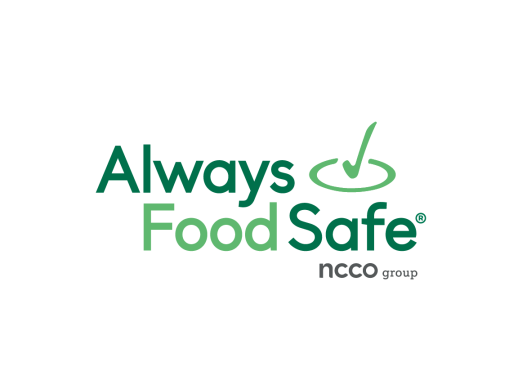32 million Americans have a food allergy, with 200,000 of those people requiring emergency medical care for an allergic reaction each year.
That’s why it is so important to ensure an allergen does not end up in a dish you are serving. One way allergens can end up in food is through cross-contact—when an allergen’s proteins come into contact with another food and mix. Even the smallest traces of an allergen could cause an allergic reaction.

 English
English
 Spanish
Spanish
